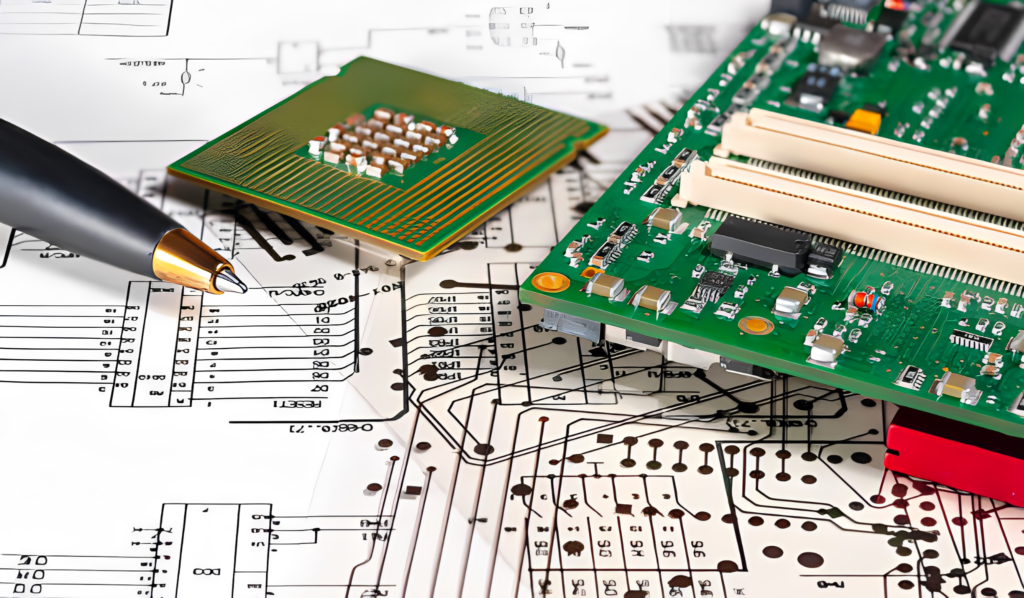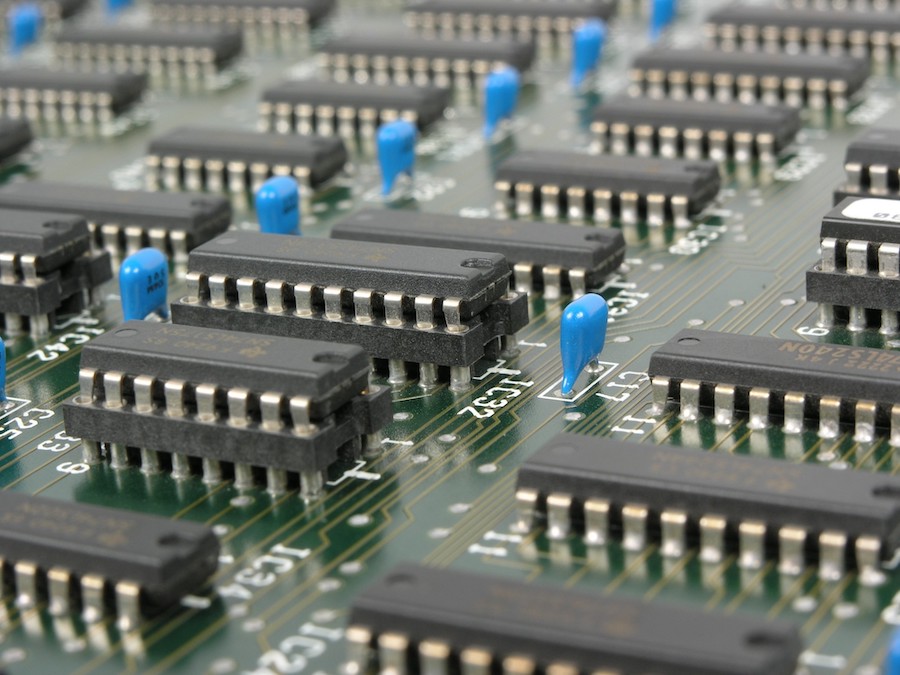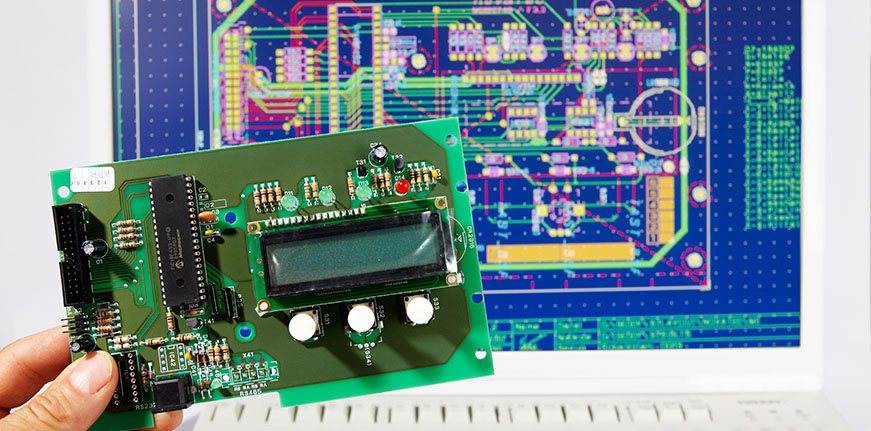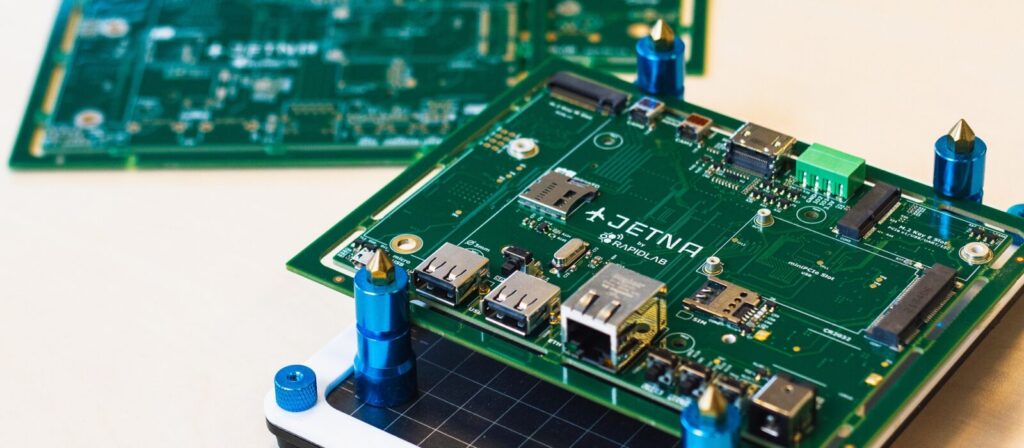Copy a PCB Board Documents
Inspecting a printed circuit board’s diagram when copy a PCB board documents involves understanding the components, their connections, and the flow of electricity through the circuit. Here’s a step-by-step guide on how to inspect a circuit diagram:

Gather Information: Obtain the circuit diagram for the board you want to inspect. This could be from the manufacturer’s documentation, service manuals, or by reverse-engineering the pcb board if necessary.
Identify Components: Begin by identifying the components on the circuit diagram. These may include resistors, capacitors, diodes, transistors, integrated circuits (ICs), connectors, and more. Refer to the component symbols on the diagram to recognize them.
Understand Connections: Study how the components are connected to each other. Trace the paths of conductive lines (traces) on the diagram to see how electricity flows through the circuit. Pay attention to where components are connected to power sources (such as batteries or power supplies) and ground.

Analyze Functionality: Determine the function of each component within the circuit. Understand how they interact with each other to perform specific tasks. This might involve researching datasheets for ICs or consulting reference materials for common circuit configurations.
Check for Errors: Look for any potential errors or discrepancies in the circuit diagram. Check for missing connections, incorrect component values, or incorrect symbols. Cross-reference the diagram with the physical board to ensure accuracy.

Troubleshoot Issues: If the board is malfunctioning, use the circuit diagram to identify potential areas of failure. Look for components that may be damaged or connections that may be broken. Use tools such as a multimeter to measure voltages, resistances, and continuity to diagnose problems.
Document Findings: Make notes on the circuit diagram or create a separate document detailing your observations. This can be helpful for future reference or for sharing information with others who may be troubleshooting or repairing similar boards.

Practice and Learn: Circuit inspection requires practice and familiarity with electronic components and circuits. The more you work with circuit diagrams and electronic pcb boards, the better you’ll become at understanding and interpreting them.

